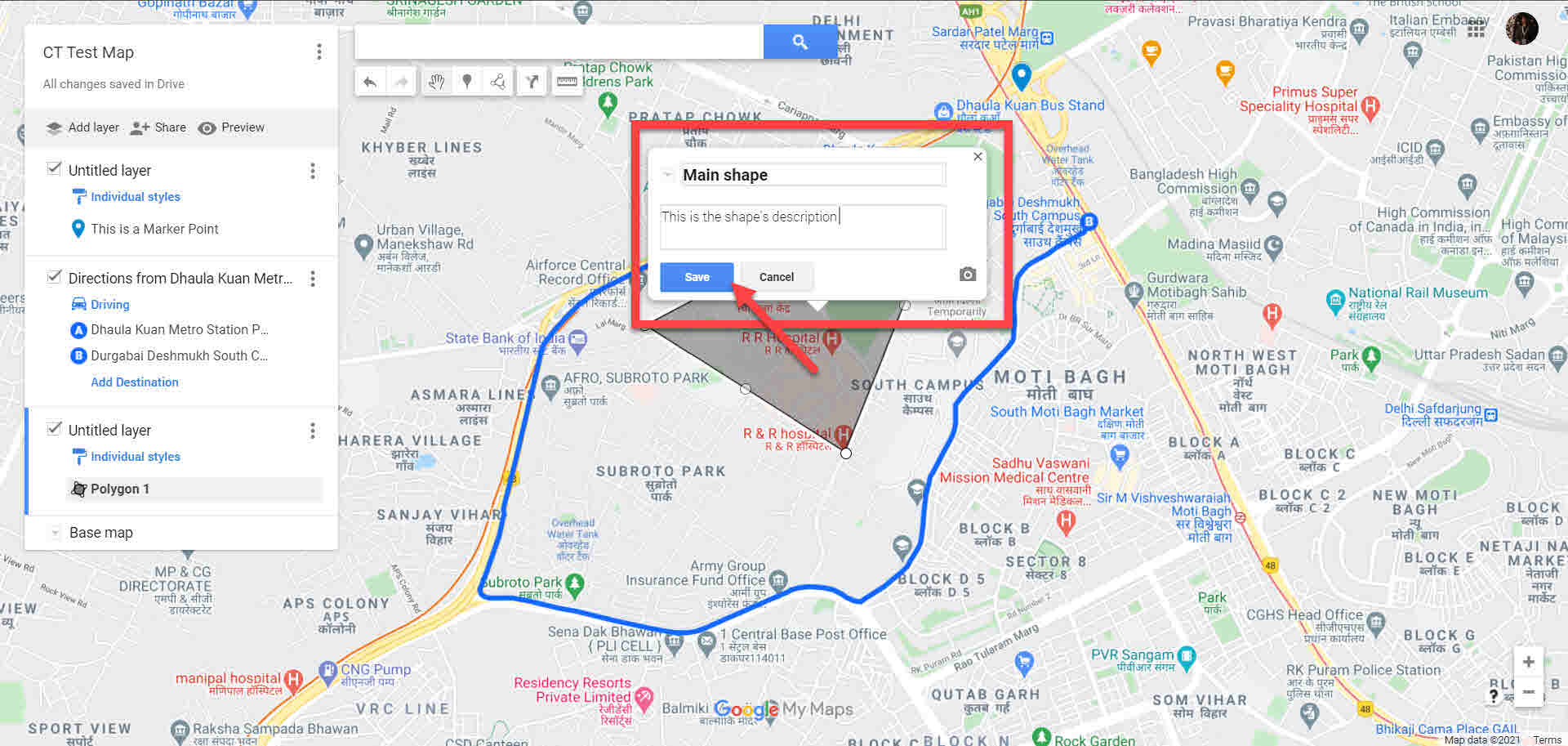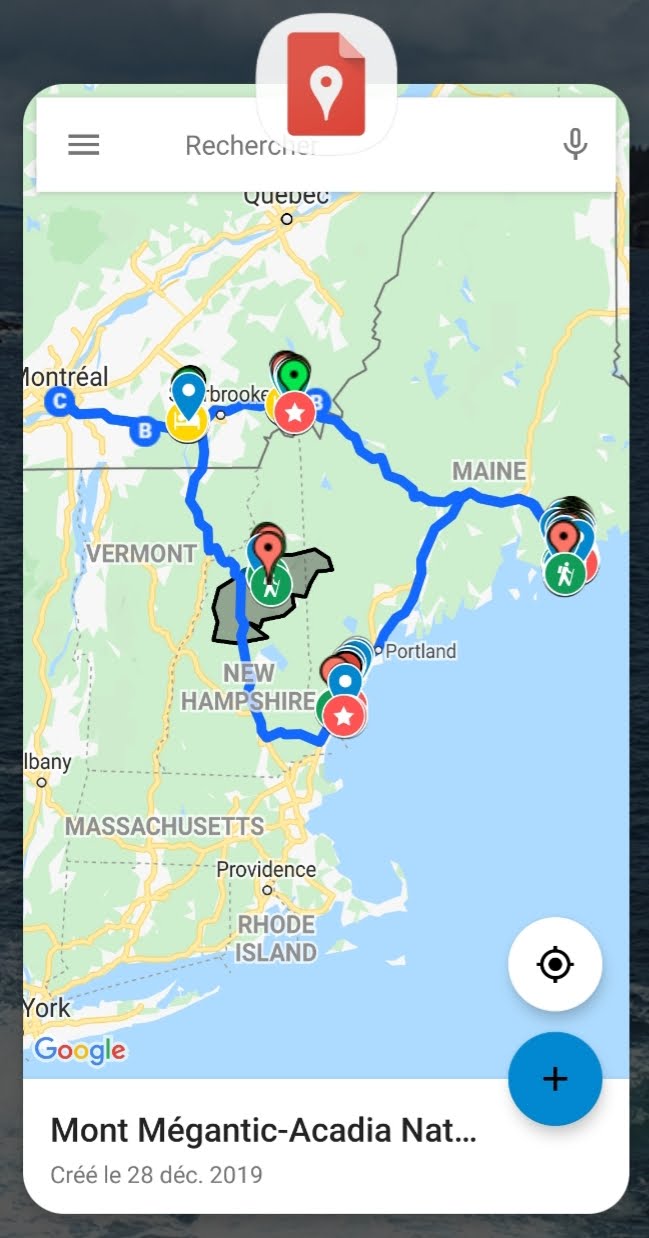

But even if you’re not, it’s still really useful to see where everything is in relation to each other as you plan your trip because it helps you be realistic about your plans.

This is so helpful, especially if you’re a really visual person or enjoy using maps.
It allows you to see your trip itinerary. Not only is a great because, well, it’s Google, but it can be used in several different ways: from initial brainstorming to creating a trip itinerary to navigating on the go. Here’s an overview of how to use Google My Maps to plan a trip, plus a tutorial (and video!) of how to set it up. One of my favorite trip planning tools is Google My Maps, which allows you to use Google Maps as a trip planner by creating a custom map and adding pins for multiple locations. (I really cannot help this–these atlases have a cult following in the Pine Tree State.)īut while reading paper maps will always inspire a sense of get-up-and-go adventure for me, I’m not totally opposed to using tech for planning my trips (and sometimes navigating on the ground, but don’t tell anyone). And if you’ve read my posts about traveling in Maine, you’re probably sick of me talking about the DeLorme Atlas by now. Whenever I navigate my way home using only a map, I feel like I must have some innate bushcraft skills. When you have this feature turned on, your Google profile picture and user name show up on a shared or embedded map.I love a good map. Attribution:You can take credit for a map that you share. By using Google MyMaps, we’ll worry about the traffic. Reliability: We know maps built and shared during times of crisis can experience spikes in traffic, sometimes leading to reliability issues. Share & Embed: Each map has a unique URL that you can share with others directly or on your social media, and embed code to plug an interactive map onto your website. Collaborate: Just like a Google Doc, you can share & edit maps with others, and manage these files in Google Drive. Learn more about file formats, file sizes, and troubleshooting tips in the Help Center. 
Import spreadsheets: You can import map features like lines, shapes, and places to your map from KML files, spreadsheets (CSV, XLSX) and GPS data (GPX).You can trace a path or highlight an area on your map by drawing lines and shapes. Draw points, lines and polygons: You can add important places by searching for locations or drawing them directly on the map (e.g.Self-service tools: Create maps within minutes - no need to work directly with Google or wait for our permission, or have GIS training to get started.







 0 kommentar(er)
0 kommentar(er)
